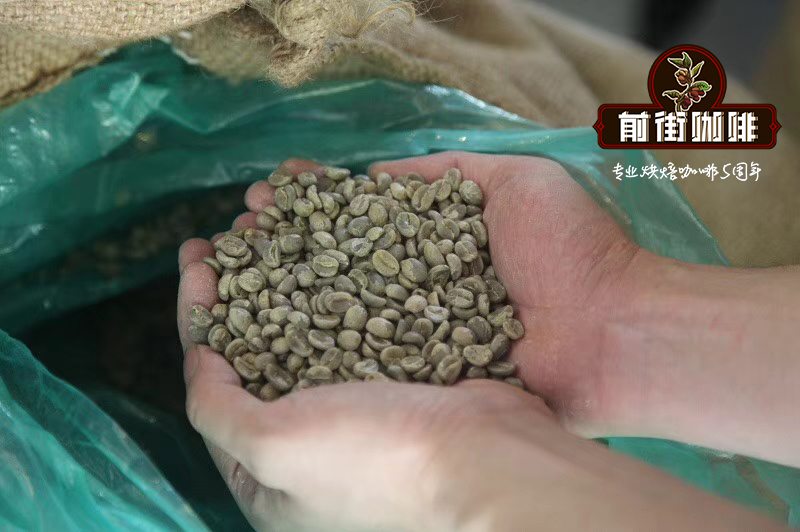The Coffee production in Costa Rica has greatly decreased. An introduction to the present situation of Coffee planting and Development in Costa Rica

Professional coffee knowledge exchange more coffee bean information please follow the coffee workshop (Wechat official account cafe_style)
Coffee is at the heart of the Costa Rican economy, where farmers have been growing coffee since the 19th century. These coffee beans are very important to the country, which, as described by the San Jose National Museum, has a history centered on coffee cultivation and trade.
But because of climate change, increased competition and demographic changes, some farmers are abandoning coffee and growing fruits that are more suitable for warmer climates. This change in planting is likely to become more common in the future, not only in Costa Rica, but on coffee farms around the world.
Currently, there are more than 43000 full-time farmers in Costa Rica, and the coffee industry will employ another 150000 people during the peak picking season. According to the Costa Rican Coffee Institute, the coffee industry's export earnings exceeded US $308 million in 2016. In most cases in the past, coffee farming was the most profitable way for farmers to make a living from the small plots of land they owned.
In the context of climate change and falling global coffee prices, competition across the coffee industry has intensified, while planting changes are challenging the future profitability of Costa Rican coffee. The country has recently experienced frequent droughts, floods and storms, all of which directly affect coffee cultivation.
According to an earlier report by Costa Rica's national newspaper, the country's coffee production in 2016-2017 was 92600 tons, down as much as 15 percent from the previous 109300 tons. In addition to a small number of production reductions caused by natural disasters, the reduction in coffee acreage also played a role. Most of them have cut down coffee trees and planted orange trees instead.
END
Important Notice :
前街咖啡 FrontStreet Coffee has moved to new addredd:
FrontStreet Coffee Address: 315,Donghua East Road,GuangZhou
Tel:020 38364473
- Prev

Costa Rican Coffee Manor Tour _ where can I buy Costa Rican coffee?
Professional coffee knowledge exchange more coffee bean information please follow the coffee workshop (Wechat official account cafe_style) Costa Rica is geographically located in China and the United States, there is a scenic tropical rain forest, there are warm and cheerful people, but also coffee famous for its high quality in the global market. Combined with natural resources, people combine agriculture with commercial culture, and in recent years,
- Next

What's the difference between individual coffee and hand-made coffee? How to make mixed coffee by hand?
Professional coffee knowledge exchange more information about coffee beans Please follow the coffee workshop (Wechat official account cafe_style) what is the difference between individual coffee and hand-made coffee? How to make mixed coffee by hand? Generally speaking, Arabica coffee from a single origin is enough to make coffee that tastes good for export; it has a delicate flavor, a soft taste and a sweet aftertaste. So you don't have to.
Related
- Detailed explanation of Jadeite planting Land in Panamanian Jadeite Manor introduction to the grading system of Jadeite competitive bidding, Red bid, Green bid and Rose Summer
- Story of Coffee planting in Brenka region of Costa Rica Stonehenge Manor anaerobic heavy honey treatment of flavor mouth
- What's on the barrel of Blue Mountain Coffee beans?
- Can American coffee also pull flowers? How to use hot American style to pull out a good-looking pattern?
- Can you make a cold extract with coffee beans? What is the right proportion for cold-extracted coffee formula?
- Indonesian PWN Gold Mandrine Coffee Origin Features Flavor How to Chong? Mandolin coffee is American.
- A brief introduction to the flavor characteristics of Brazilian yellow bourbon coffee beans
- What is the effect of different water quality on the flavor of cold-extracted coffee? What kind of water is best for brewing coffee?
- Why do you think of Rose Summer whenever you mention Panamanian coffee?
- Introduction to the characteristics of authentic blue mountain coffee bean producing areas? What is the CIB Coffee Authority in Jamaica?

